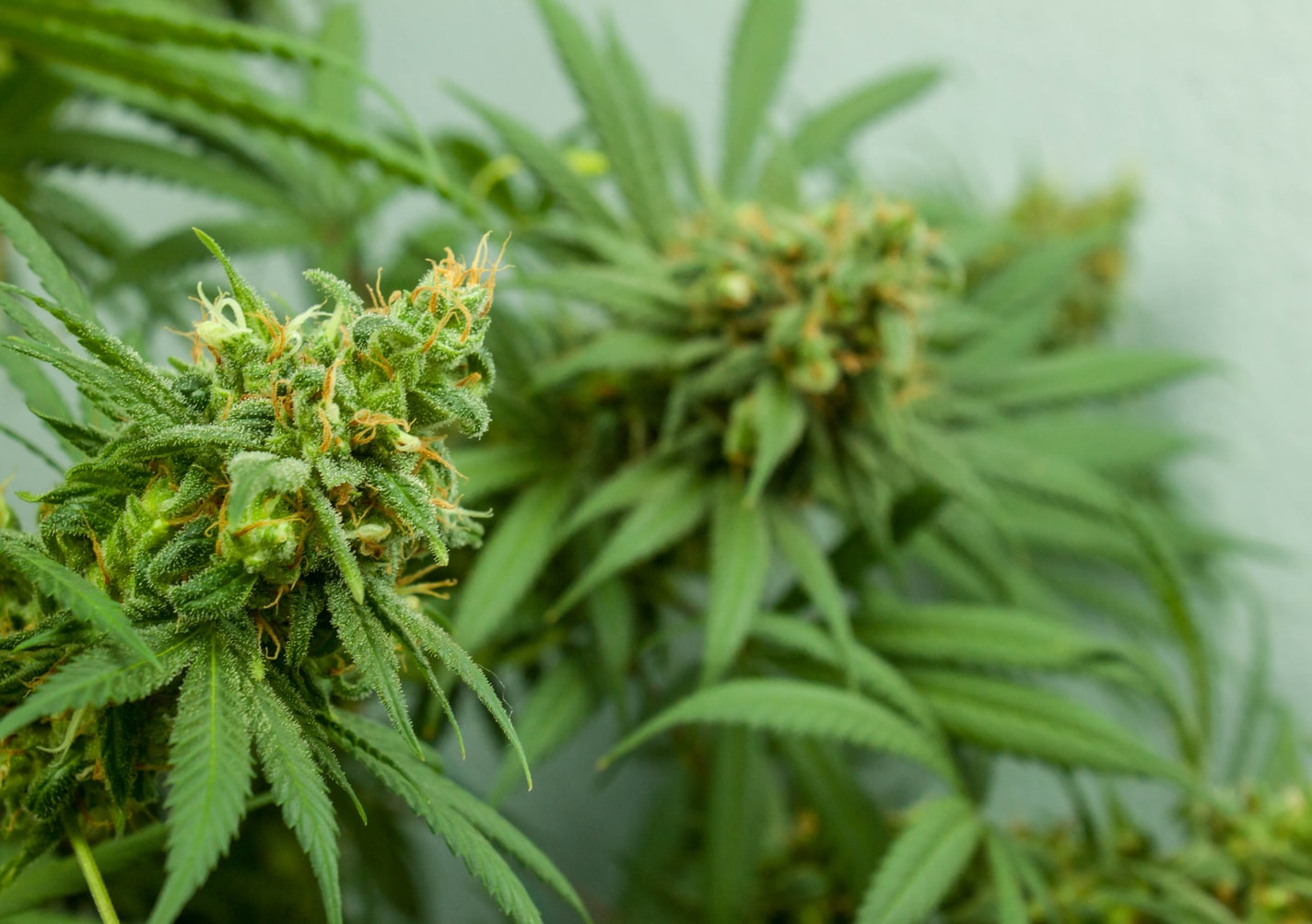Potential applications of cannabis and cannabinoids in the treatment of substance use disorder and in harm reduction
Authors:
José Carlos Bouso, Rafael G. dos Santos, and Jaime Hallak.
Book:
Advances in Psychedelic Medicine: State-of-the-Art Therapeutic Applications
Year:
2019
About the study
This article represents chapter 8 of the book Advances in Psychedelic Medicine: State-of-the-Art Therapeutic Applications, edited by M. Winkelman and B. Sessa, and published by ABC-CLIO as part of a project called Psychoactive Plants and Public Health.
With the regulation of the medical use of cannabis in different countries, the access to it by subjects with substance use disorders is increasing. In the specific case of smoked cannabis, drug-dependent individuals are using it as a substitute for more toxic drugs or to deal with craving and withdrawal symptoms.
For most drug users cannabis is a very important part of their identity, so a more rational approach for obtaining good outcomes in the treatment of drug dependence should consider this impor-tant aspect. Thus, treatments for drug dependence and harm reduction programs should go beyond the clinical perspective.
Abstract
The history of the use of cannabis for the treatment of substance-related disorders and harm reduction is relatively recent. Although evidence of the use of cannabis for the treatment of multiple disorders, including such varied conditions as pain and malaria, has been documented across time and cultures, the use of herbal cannabis for the treatment of drug abuse and dependence emerged with the legalization of medicinal cannabis in Canada and several states of the United States in the last 20 years.
California was the first state to legalize medical cannabis in 1996. Since then evidence has emerged from preclinical research, ethnographical research, observational studies, and a few clinical trials, some of them still in development.
Moreover, in the last decade, several preclinical and clinical studies are showing evidence that cannabidiol (CBD) could be a treatment option for substance-related disorders. After delta9-tetrahydrocannabinol (or simply THC), CBD is the second most abundant cannabinoid in the cannabis plant. In contrast to THC, CBD does not produce euphoria or cognitive deficits, and so has no potential for abuse.
In this chapter we discuss both the treatment of substance use disorders and harm reduction, acknowledging that these are concepts that refer to completely different issues and practices.
We decided to use this approach because almost all evidence coming from observational studies suggests that herbal cannabis is not always used to reach complete abstinence from other drugs, but rather to improve quality of life or as a substitute for more dangerous drugs such as cocaine and heroin.
Categories:
Studies & papers
, Cannabis
Tags:
cannabis
, scientific research
, study
, risk reduction
, medical cannabis
, harm reduction
, substance use disorders
, book chapter

